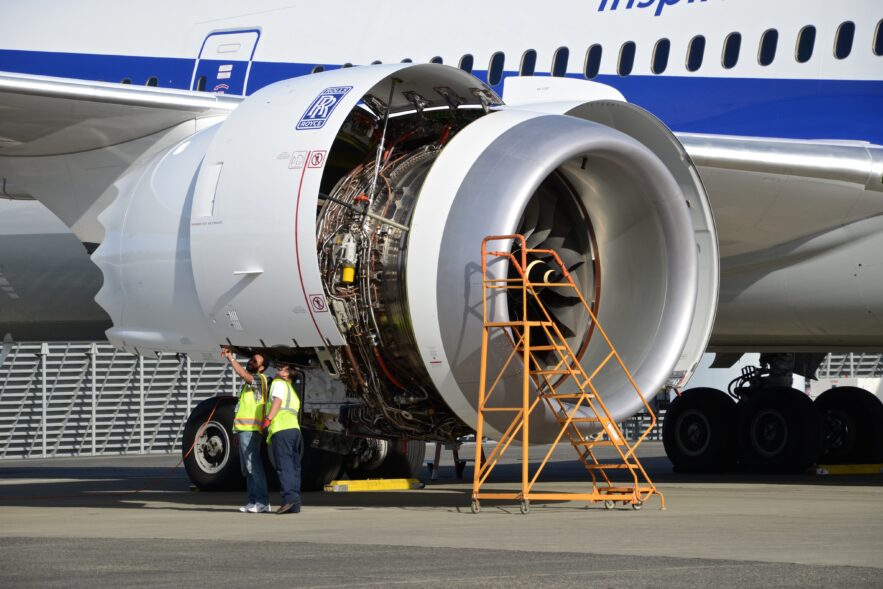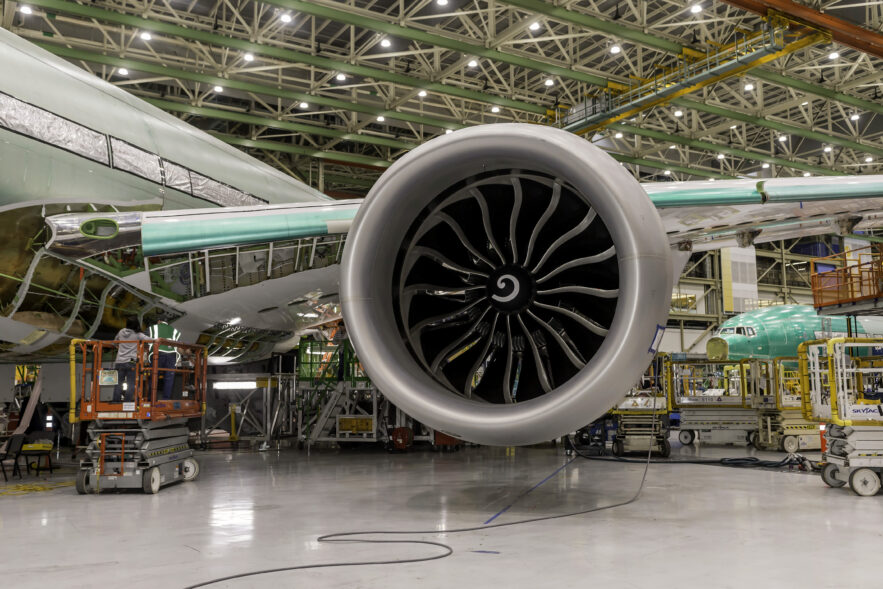Release DateMarch 24, 2023As congress debates TikTok, China flies its own commercial jet enginePurchase a PDF of this article Chinese...
To E3 or not to E3 Embraer’s commercial aircraft boss, John Slattery, put to bed on Monday the prospect of launching a...
The fifth in a series focusing on Boeing’s road to developing its next all-new commercial airplane. More than 1,000 people...
You can only blame so much on a pandemic. Like a pre-existing condition that can make a case of COVID-19 deadly versus asymptomatic, the business model governing engine makers and their relationship to aircraft manufacturers made them exceptionally vulnerable. The collapse of global commercial aviation merely revealed the fundamental weakness baked into the relationship.
Log-in here if you’re already a subscriber Release DateDecember 24, 2020China’s civil aircraft projects face derailment with new U.S. restrictionsPurchase...
Where a Boeing 777 ends an iPhone begins. At Pinal Airpark in Marana, Ariz. a wrecking claw positioned itself to...
The first in a two-part series on the impact of the COVID-19 pandemic on the business of building commercial aircraft...
That’s no Moon, that’s a jet engine: Boeing on Friday said it had hung the first two General Electric GE9X...
Sign up to receive updates on our latest scoops, insight and analysis on the business of flying. Seattle — As...
Boeing has started building 737 Max aircraft again for China, but the plane maker Comac -- its Chinese counterpart -- are at the mercy of the peculiar adversarial interdependence between China and the U.S.
The A350’s Trent XWB engine is a bright spot for Rolls-Royce after a bruising 2018 spent tackling issues with its Trent...
There is no all-new single-aisle airplane coming from Boeing -- at least not anytime soon, despite reports to the contrary. Yet, the company earlier this year started looking at major revamp of the 737 Max to compete with the Airbus A321XLR.












